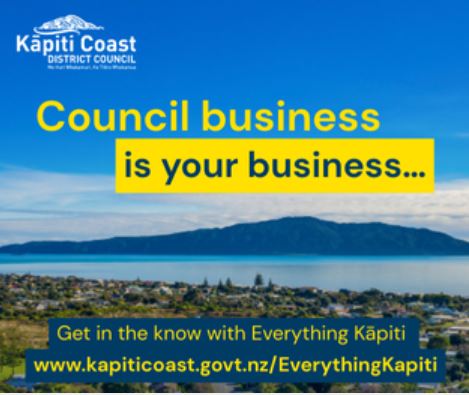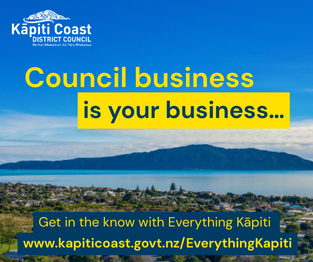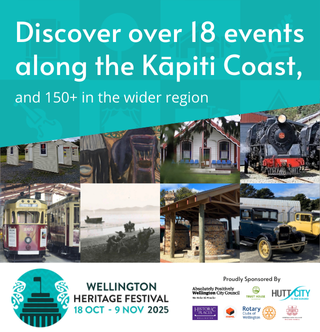Greater Wellington Regional Council has a plan for working together for healthy waterways and wetlands – it’s our future.
Waterways and wetlands are an important on-farm asset and are places for recreation, harvesting food, and providing crucial habitat for birds and freshwater species.
What you do on your land makes a difference far beyond the farm gate. By adopting good practices including fencing off waterways and planting, you can protect and enhance water bodies on your land and downstream. These actions can also improve stock health, reduce losses and ease the difficulties of moving stock when done well.
What do you want me to do?
Stay engaged, listen and read about the changes as the proposed Natural Resources Plan becomes operative in 2018.
Talk to your neighbours, Greater Wellington and your industry representatives, such as Beef & Lamb, DairyNZ, Horticulture New Zealand and Federated Farmers about practices for protecting our waterways and wetlands.
What can I do now?
Many landowners are already doing things to improve water quality across the region. For instance, dairy farmers are working toward stock exclusion under the Sustainable Dairying: Water Accord, but like everyone else are still on a journey good practice is about continuous improvement that is in step with new science and technology.
Many good practices are straightforward, but others require more planning, time and resource.
Here are our top five recommendations for your land:
Have a plan: A riparian plan whether alone or part of a wider farm environment plan (FEP) can help you build good management practices into your day-to-day operations. Your plan will be specific to your farm setup, catchment, topography, soil and climate.
Retire critical source areas like wetlands, springs or seeps and margins of waterways: These are water quality “hot-spots” that often carry marginal productive value. Depending on your farm, you might need to do this in a range of ways, such as fencing or changing grazing practices (especially during winter).
Maintain grass filters or plantings around critical source areas or waterways: plant cover can reduce erosion, enhance filtration of runoff, reduce subsurface nutrient losses and improve habitat for native fish and insects.
Manage the type, amount and timing of fertiliser and irrigation application based on your industry’s best practices.
Manage the rate, amount and timing of effluent application based on your industry’s best practices.
Want to learn more?
Contact us on 0800 4WN REG (0800 496 734) or email [email protected] for more information on how you can get advice and support.



























